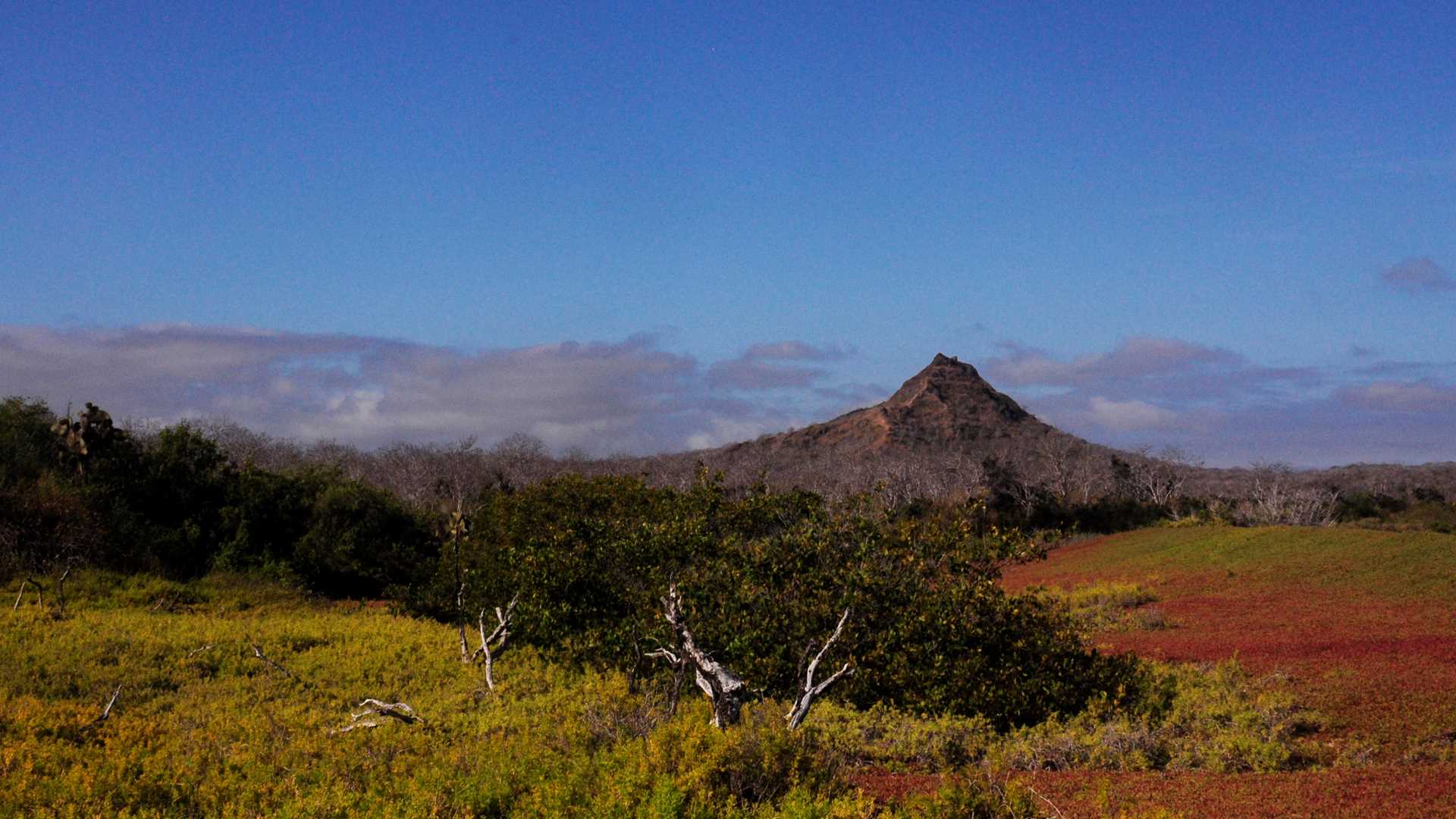Today we visited the northern part of Santa Cruz. This area is pristine and uninhabited. After a dry landing on the lava rocks, we went farther inland to observe the Galapagos land iguanas. These endemic reptiles are found only in the Galapagos Archipelago. We were lucky to see several land iguanas right on the trail. This visitor site is very scenic, a wonderful place to capture landscape pictures. The afternoon was spent at Bahia Borrero. It was a busy afternoon with options for everyone! Kids were having fun learning how to drive Zodiacs, while kayakers and paddleboarders explored the coastal area. There were also Zodiac cruises, and we all enjoyed great weather conditions and the amazing wildlife. It is a unique opportunity to see Pacific green sea turtles, striated herons, blue-footed boobies, brown pelicans, baby blacktip reef sharks, whitetip reef sharks, and even a tiger shark…all at the same time and in the same place. It was a fantastic day, and we made great memories!
6/13/2025
Read
National Geographic Endeavour II
Genovesa Island
We started the day with excitement as we landed on the beautiful, pristine coast of Isla Genovesa - a true birder’s dream. Along the sandy beaches and steep cliffs of Darwin Bay, we were surrounded by an incredible array of birdlife. Frigatebirds soared closely overhead with their red pouches on full display, while Nazca and blue-footed boobies nested along the rocky ledges. Swallow-tailed gulls called out as we walked past. In the distance, we saw the stoic and elusive short-eared owl. The island was alive with color, sound, and constant movement. Between our excursions to Isla Genovesa, we snorkeled near Prince Philip’s Steps and discovered a vibrant world beneath the waves. Schools of fish swirled around us, a fur seal turned in the water as if dancing on cue, and sea lions relaxed nearby. As our last snorkeling adventure came to a close, we spotted a sea turtle resting calmly in a crevice. As the sun retreated into the sky on our last return to National Geographic Endeavor II, we reflected on the sheer magnitude of what we witnessed on our last full day. Isla Genovesa, like the other islands, gave us a connection to a sacred world. The harmony between land, sea, and sky reminded us how deeply interconnected, vital, and fragile these ecosystems are. Watching birds tend to their nests and marine life swim effortlessly, we were struck by how little space there is between wonder and reverence. We recognized that our journey wasn’t just about observing unique wildlife, it was about feeling part of something grander and beautifully ancient.







